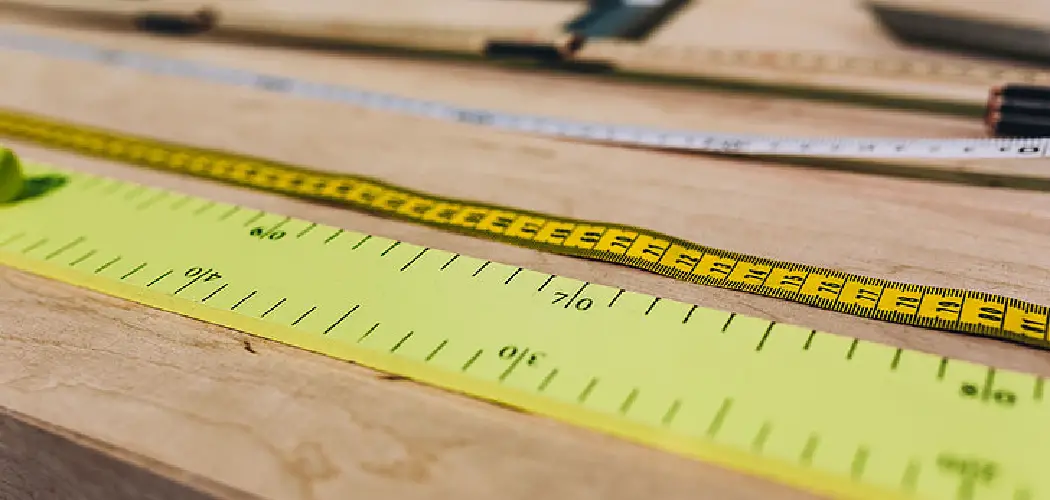Moving office furniture is no easy feat – especially when you have pieces like a desk that needs to be transported. Not only do the desks come in various sizes and shapes, but it’s difficult to tell whether or not they will fit through any designated area before you move them inside.
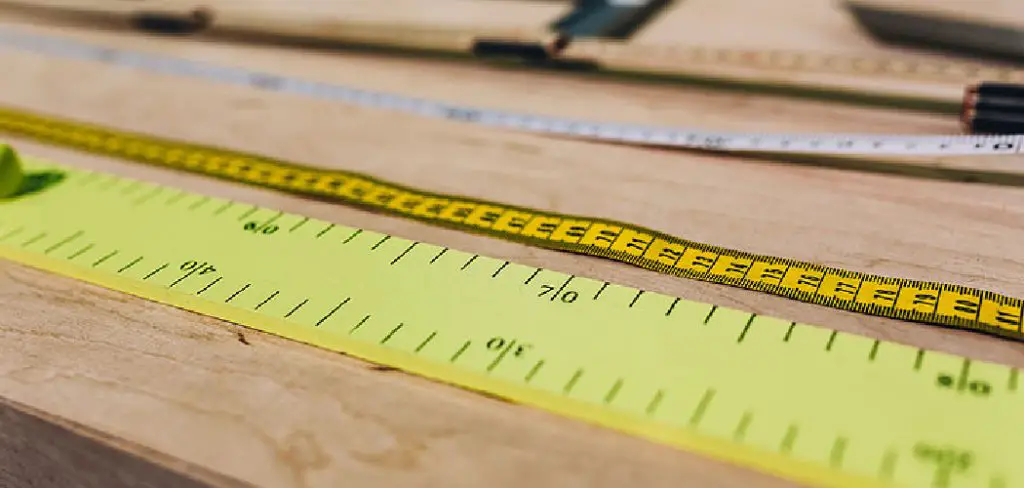
That’s why it’s important to know how exactly to measure a desk – so you can rest assured your furniture will make its way into its new home without any trouble! In this blog post on how to measure a desk, I’ll teach you how to measure any kind of desk accurately, from traditional rectangle writing desks to full-sized executive workspaces.
Step-by-step Guidelines on How to Measure a Desk
Step 1: Assess Your Space
Before measuring a desk, you need to evaluate the available space in your room or office.Clear the area. Remove any obstructions or clutter around the space where the desk will be placed. This will allow you to get accurate measurements. Take room dimensions: Measure the length, width, and height of the room.
This information will help you determine the maximum size of the desk that can fit comfortably in the space. Consider doorways and passages: Measure the width and height of doorways, hallways, and staircases that the desk needs to pass through during delivery. Ensure the desk can fit through these openings without any issues.
Step 2: Determine Desk Placement
Deciding where to place your desk is an important consideration. Identify the location: Choose the spot where you want to position the desk. Consider factors such as natural light, proximity to power outlets, and any specific preferences you may have.
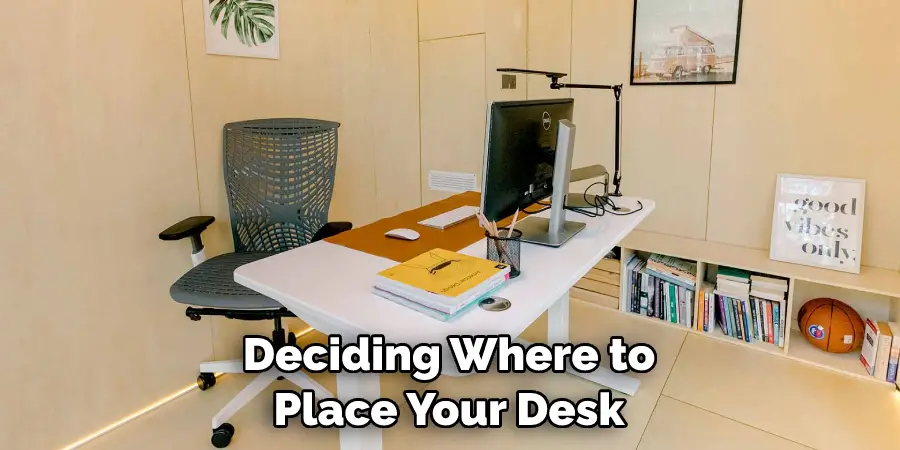
Measure the available area: Measure the length and width of the specific area where the desk will be placed. This will determine the maximum dimensions for the desk. Consider clearance space: Leave sufficient clearance around the desk for comfortable movement. Allow at least 36 inches (91 cm) of space between the desk and any obstacles, such as walls, furniture, or doorways.
Step 3: Determine Desk Height
Proper desk height is crucial for maintaining good ergonomics and avoiding strain or discomfort. Measure your ideal sitting height: Sit in a chair with your feet flat on the floor and your knees at a 90-degree angle. Measure the distance from the floor to the underside of your elbow. This is your ideal sitting desk height.
Consider standing desk options: If you prefer a standing desk or want the flexibility to alternate between sitting and standing, measure the height from the floor to your elbow when standing upright comfortably. This will help determine the appropriate range for a height-adjustable desk.
Step 4: Measure Desk Dimensions
To ensure the desk fits perfectly in your space, you need to measure its dimensions accurately. Measure the length: Use a tape measure to determine the length of the desk from one end to the other. Measure along the front edge of the desk to get the most accurate measurement. Measure the width: Measure the width of the desk from side to side. Again, measure along the front edge for consistency.
Step 5: Measure the Depth
For desks with varying depths, measure the distance from the front edge to the back edge. This will help determine how much space the desk will occupy in the room. Measure the height: Measure the distance from the floor to the top surface of the desk.
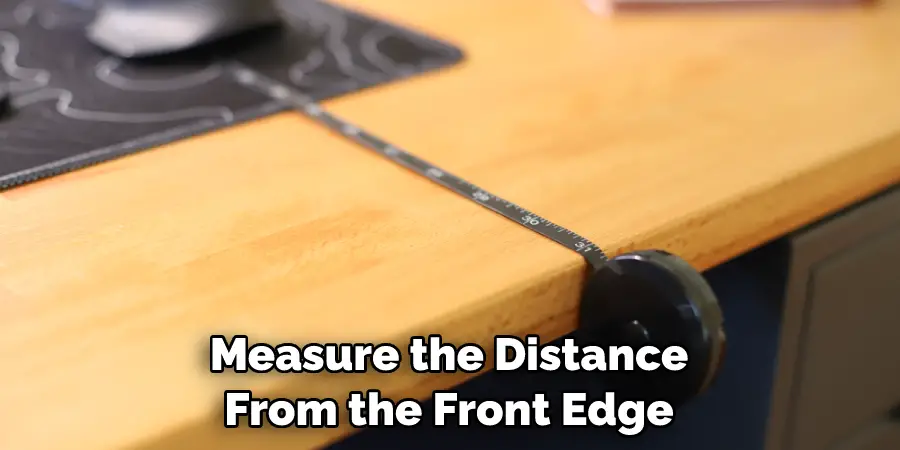
This measurement is crucial for ensuring proper ergonomics and comfort. If buying a height-adjustable desk, measure the range of heights available to determine if it fits your needs. Always double-check your measurements before purchasing a desk. But with these steps, you can find the perfect desk for your
Step 6: Consider Additional Features and Accessories
Depending on your needs and preferences, you may want to consider additional features or accessories for your desk. Drawers and storage: If you require storage space, measure the dimensions of drawers, cabinets, or shelves to ensure they meet your organizational needs. A keyboard tray or pull-out surface:
If you plan to use a keyboard tray or pull-out surface, measure the width, depth, and height of the tray to ensure it aligns with your ergonomic requirements. Cable management: If you want to keep your cables organized, consider measuring the size of any cable management systems or holes on the desk to accommodate your needs.
Step 7: Document and Compare Measurements
It’s essential to document and compare all the measurements you have taken. Create a clear and organized record, including the room dimensions, desk placement measurements, desk dimensions, and any additional features you considered.
This will help you during the shopping process and ensure you select a desk that meets your requirements. However, it’s also important to take note of the measurements printed on the desk or manufacturer’s website and compare them with your own. This will help confirm that you’re getting the right size desk for your space.
Step 8: Shop for Desks
Once you have all your measurements, it’s time to begin shopping for desks. Compare the available features and sizes of different models to find the perfect fit for your space. Start by looking at desks that meet your length, width, and height requirements.
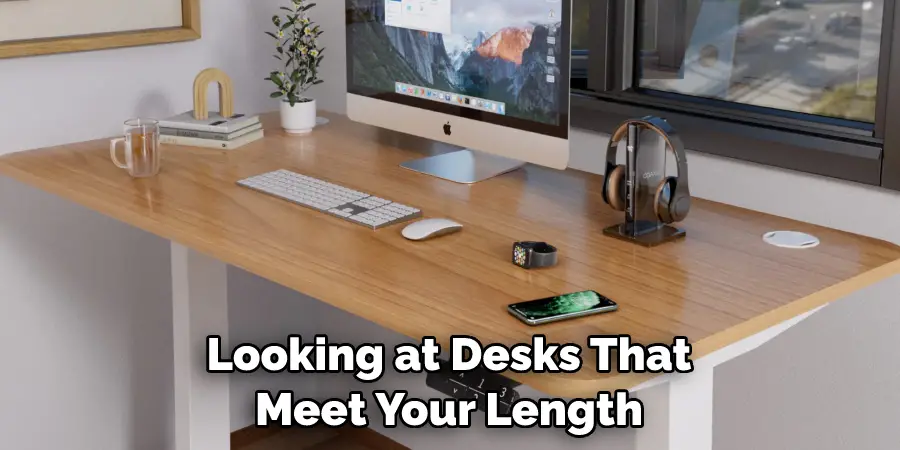
Then look for features or accessories that suit your needs. With the right measurements, you can confidently purchase a desk that will fit perfectly in your space and look great for years to come.
It’s also important to check the measurements on all delivered furniture and assemble it according to the manufacturer’s instructions. This will help guarantee that your desk is installed correctly and provide you with a safe, comfortable work environment.
Step 9: Choose Your Desk
Once you have found the perfect desk for your space, make sure it meets all of your requirements and is within budget before making your final selection.
Ask about delivery fees or assembly instructions as well as any warranty information or other services that may be included with your purchase. With all the necessary information, you can make an informed decision and enjoy using your new desk for years to come.
Step 10: Enjoy Your New Desk
Congratulations on finding the perfect desk to fit in your home or office! With all the measurements you have taken, and the perfect desk chose, it’s time to sit back and enjoy your new workspace.
With proper ergonomics, storage options that meet your needs and cable management systems for a clean look, you can be sure of a comfortable experience each day.
By following these steps carefully, you can easily measure a desk and determine the best size for your room. Having accurate measurements will ensure maximum comfort and satisfaction with your final choice. Now that you know how to measure a desk, it’s time to start shopping! Good luck!
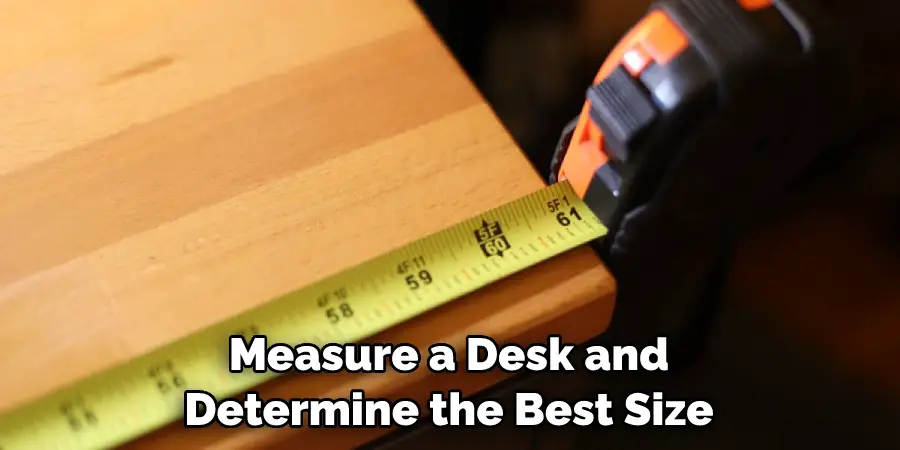
Frequently Asked Questions
Q: How Do I Measure a Desk?
A: To measure a desk, start by measuring the room size and the space where you will put the desk. Then measure the length, width, depth, and height of the desk itself. Finally, consider any additional features or accessories for your needs such as drawers or cable management systems.
Q: What Should I Consider When Choosing a Desk?
A: When choosing a desk, it is important to consider ergonomic requirements as well as storage and organizational options. Make sure to carefully document all measurements before making your final selection. Also, be sure to ask about delivery fees and warranty information before purchasing.
Q: Are There Other Ways to Find an Ideal Desk?
A: Yes, there are several other ways to find an ideal desk for your space. Consider visiting furniture stores or online retailers to compare different styles and features. Additionally, searching through secondhand shops or resale websites is a great way to find unique pieces at affordable prices.
Q: What is the Best Way to Ensure Accurate Measurements?
A: The best way to ensure accuracy when measuring a desk is to use a measuring tape and document all your measurements. Additionally, it is important to double-check each measurement before making any purchases. This will help you find the right desk for your needs and avoid any potential mistakes.
Conclusion
Thanks for reading this article on how to measure a desk. Measuring a desk can be tricky due to the size and shape of most desks, but it is an important part of purchasing the right size for your office or home. Always ensure you measure wisely, take your time and double-check all measurements to make sure you get a desk that fits in the desired area.
When done properly, measuring desks is quick and easy, and will help ensure you have the perfect fit for your space.
Lastly, don’t forget to look carefully at your measurements when deciding which type of desk to purchase – traditional desks vary widely in terms of width and depth, while corner desks offer more flexibility in design. No matter what kind of desk you need, taking accurate measurements is key to getting a perfect fit!

